A few weeks ago, I had the chance to pay a visit to the Horween Leather Company in Chicago, where I received a guided tour by Nick Horween. Nick is a fifth generation family employee, after he had a short 3-year intermezzo as a chef in NYC.Today, we want you to join us on a tour through the Horween tannery and next week we focus on their world famous shell cordovan leather.
Horween History
Initially, his ancestors came from the Ukraine to Chicago in 1893. Isadore Horween started his own tannery in 1905, after he had worked in one of the numerous other Chicagoan tanneries for 12 years. After setting up shop at the initial location, they only moved once (in 1920) and they continue to produce their high quality leathers in the same gigantic building complex at 2015 N Elston Ave, Chicago. Over its 107-year-long history, Horween has become the epitome of cordovan leather, but they also produce a wide array of other leathers in more than 100 varieties – such as chromexcel – for various industries.
Horween Sign On 2015 N Elston Ave Isadore Horween and Family Horween Leather Co 1905 Nick Horween
Nevertheless, Horween managed to maintain large clients such as Wilson. In the forties, Nick’s grandfather Arnold Horween – a NFL player and coach – was able to sign with Wilson for the production of the NFL football leather and ever since, Horween has produced the very special pebble grain for football manufacturers. Upon closer inspection and direct comparison, I noticed that the surface texture is nearly identical to a basketball from Spalding!
During the tour through this maze-like building, I was able to see the entire process of Horween leather production, beginning with the raw skins and ending with the finished leather. I noticed that many of the tannery vats were empty, proving that the demand for leather now is lower than it used to be. However, Horween was able to respond to the decline in volume with a higher degree of specialization; they have a wider portfolio and are more willing to create customized leathers.
Today, Horween has 160 unionized employees and sales agents across the world. In a regular week, about 4000 cowhides and 1000 horsehides are processed into leather, creating 120,000 square feet of leather. Revenues equal roughly $25 million a year.
The Tanning Process
It all begins with the raw hide. The skin come salted to prevent deterioration, and the first step is to remove the hair. This is done with chemicals in a super-sized washing drum, before the leather is pickled for 24 hours. During this process, the hides are treated with salt in order to reach a certain pH level, which helps to drive the chrome all the way into the leather.Then the leather is bated, which strips the skins of certain proteins, fat and grease.
Raw Hide Cutter Chemicals And Fats Wet leather hides–note the blue color from the addition of chromium salts Leather in Process
Next up is the tannage process, which takes place in large tannery vats in a solution of tannins. In our Cordovan article, we will focus more specifically about cordovan and its tanning process.
The leathers are shaved once more, dried and pressed to the desired thickness and finally colored and sometimes waxed and polished. Contrary to popular belief, about 85% of the leather at Horween is made from cowhide.
Overall, tanning is a time- and labor-intensive process that requires a high degree of chemistry know-how. The person responsible for the tanning at Horween is a second generation tanner who learned his craft at the German tanning school in Reutlingen, Germany.
To me, the most surprising thing at Horween was the high degree of in-house tanning. This means that they produce their own solutions and chemical baths and really do everything from the raw hide to the finished leather! In fact, I would not be surprised to see if they start to raise their own cows eventually…
Almost all the machines looked quite seasoned, but in these kind of crafts, that’s exactly what you need – unlike today, they were built to last.
Most of the time, it was quite warm inside the factory, and I visited Horween in January – I don’t even want to know what it’s like in August.
At the end of the tour, I had the chance to experience all the different kinds of leather Horween produces. Most of their finishes were rather soft to the touch, and had more or less an oily texture (unless they were waxed of course.) Personally, I like the cowhide leathers more than the cordovan, but that is simply a personal preference. Cowhides are much bigger and easier to tan, whereas the shell cordovan is just membrane within a very small part of the horses’ buttocks and as such, it has different characteristics.
All these varieties are appreciated by Horween’s customers, who come from around the globe.
Wilson Leather Pebble Grain with W Pressing the Leather Pebble Grain Football Leather Nick’s Shell Cordovan Shoes
Horween Customers
Probably their most famous – and at the same time their largest cordovan customer – is Alden. Horween also sells leathers to Wisconsin shoe manufacturer Allen Edmonds, Russell Moccasin, Quoddy, Yuketen, and surprisingly also to larger brands like Timberland. Moreover, Horween leather is popular with all kinds of leather product manufacturers all over the world, ranging from small leather goods like wallets to belts, briefcases, duffel bags and suitcases.
Personally, I have not had any direct experience with a Horween product, and as such I cannot make any claims as to longevity and quality. However, I have seen quite a few leathers and based on the feel of the product, Horween’s are among my favorites cowhides.
Do you own any Horween products? What do you think of them?
Next week, we will focus on Horween Shell cordovan leather, so stay tuned.
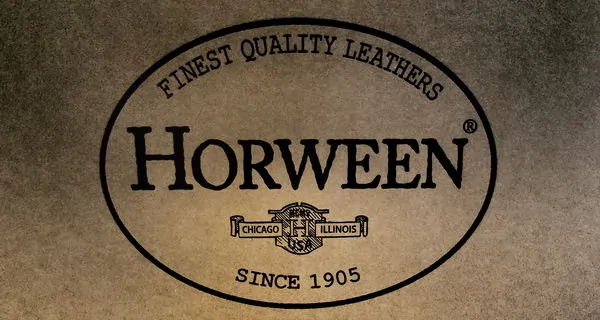
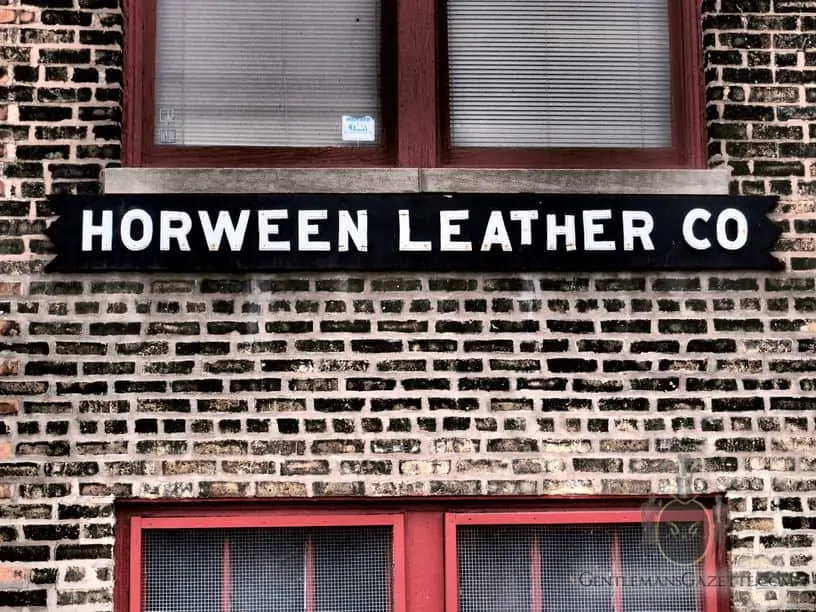
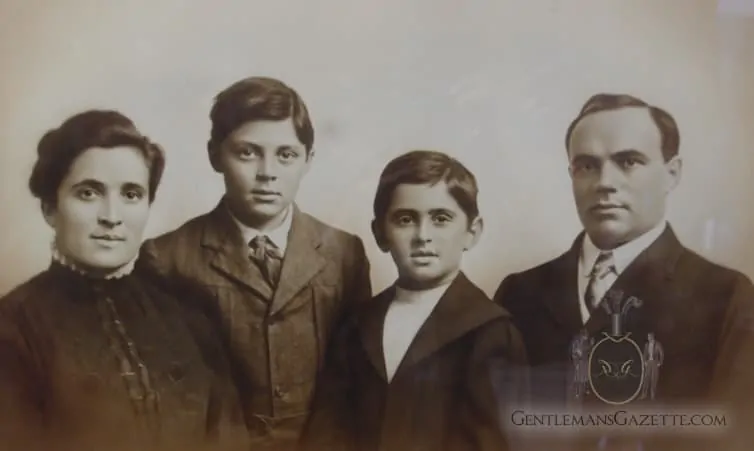
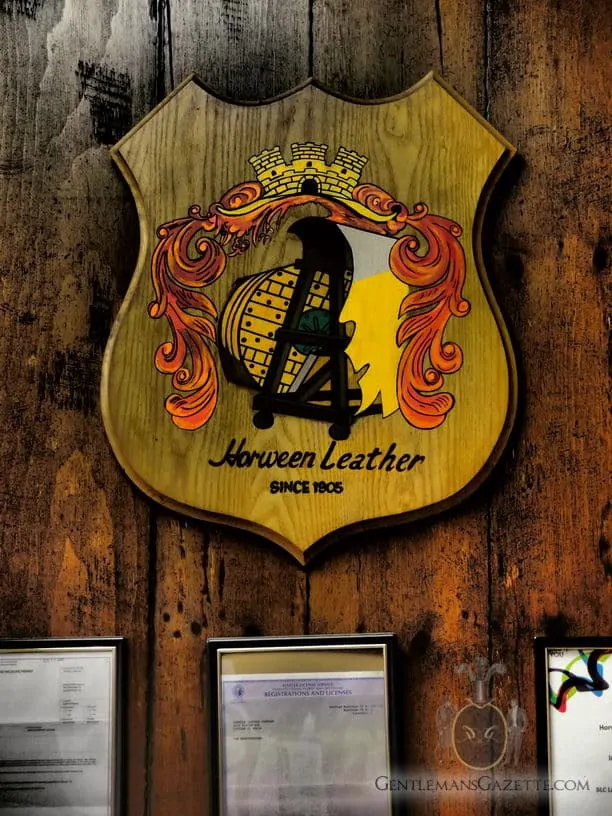
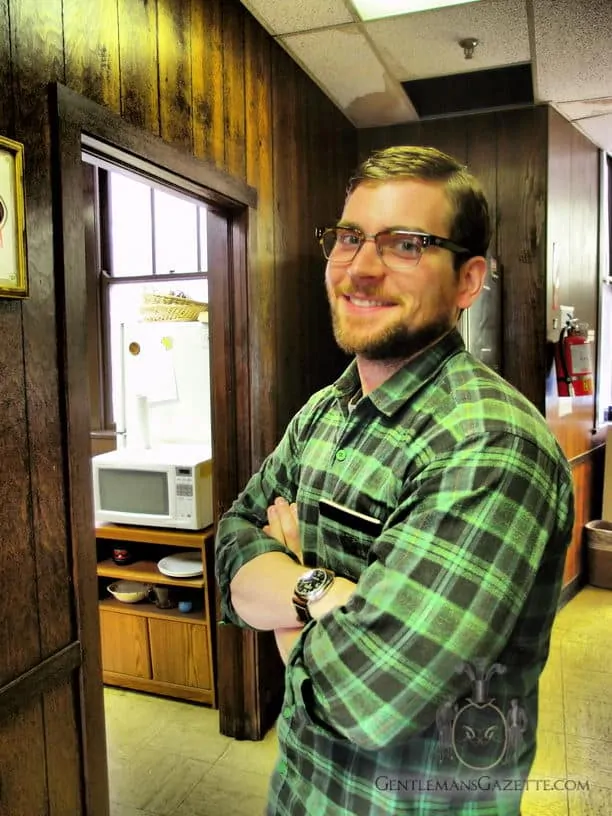
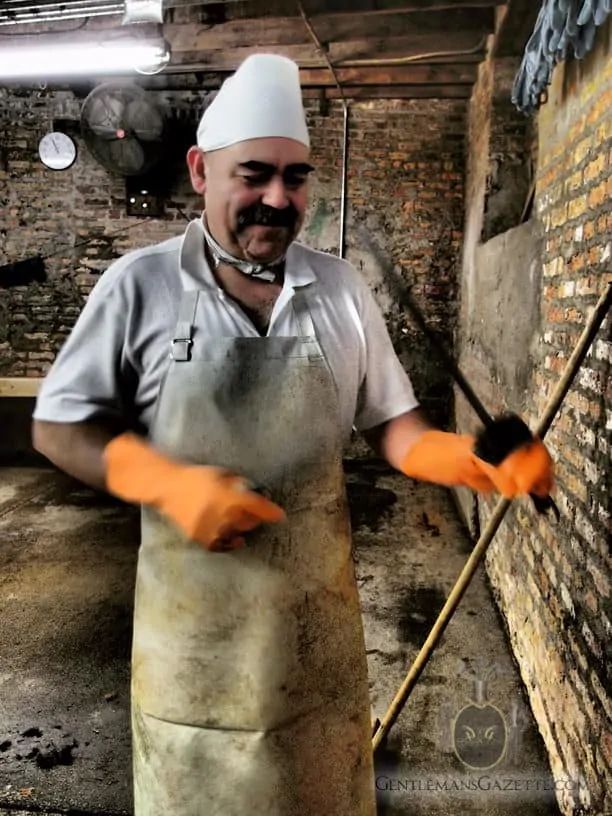
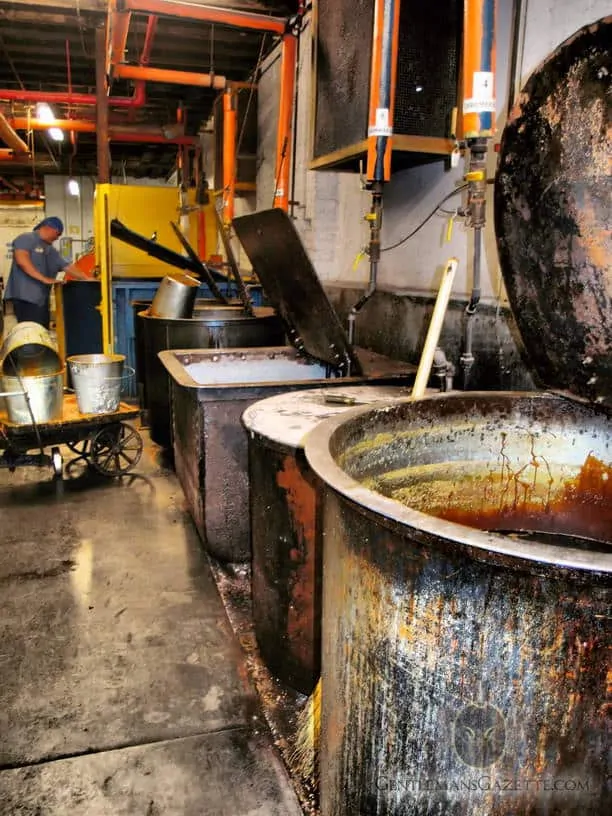
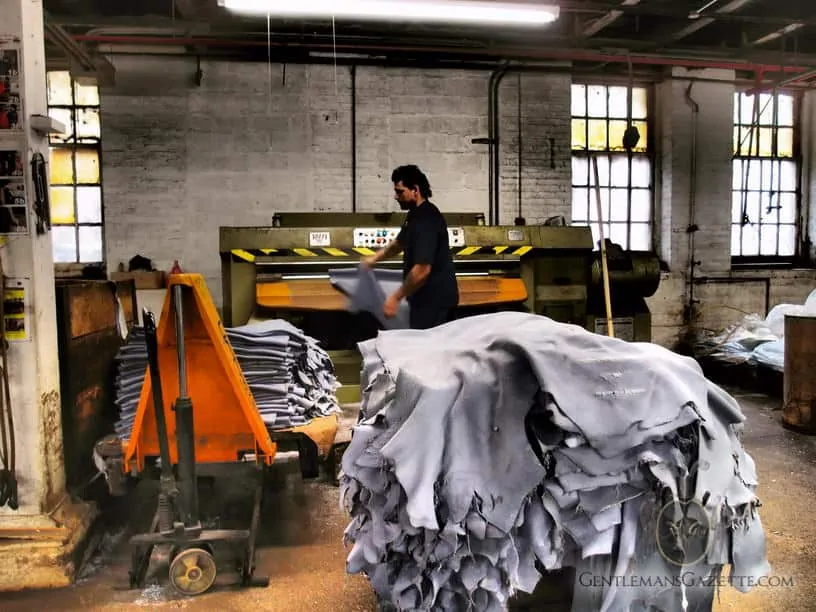
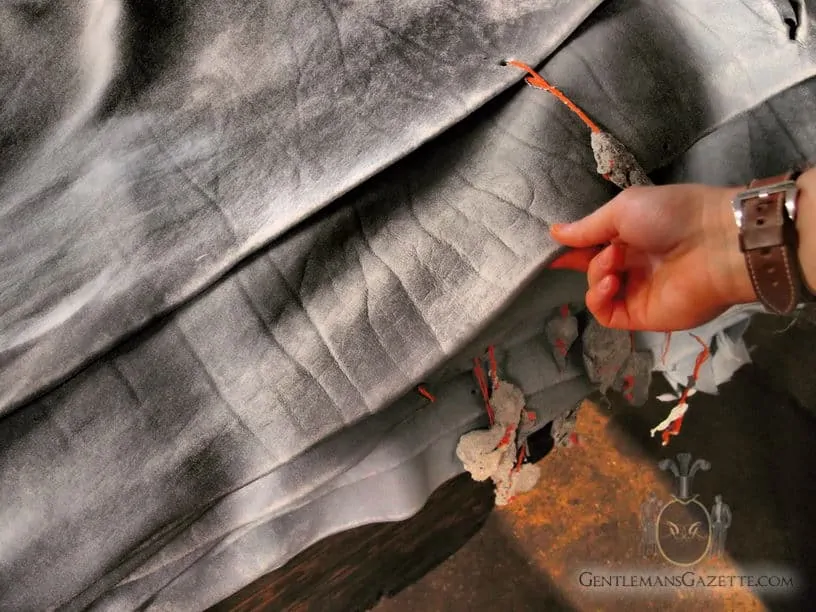
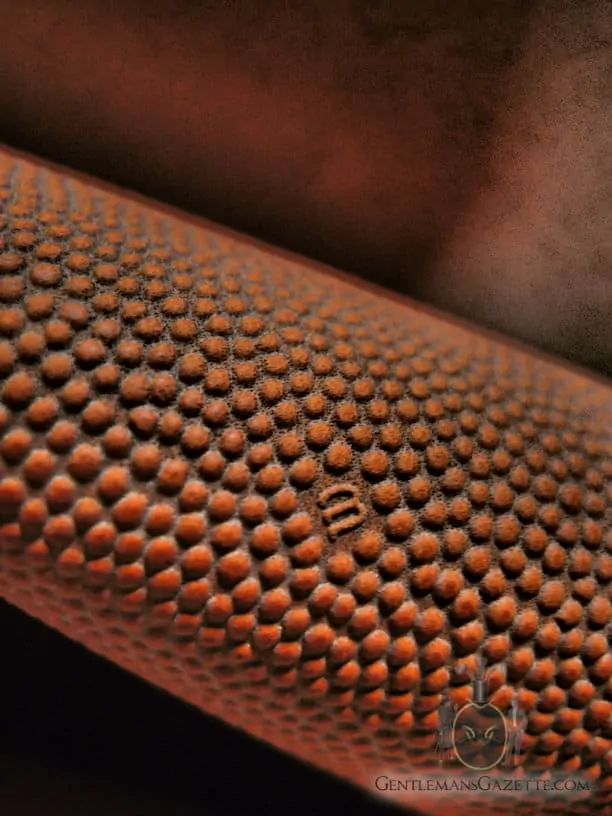
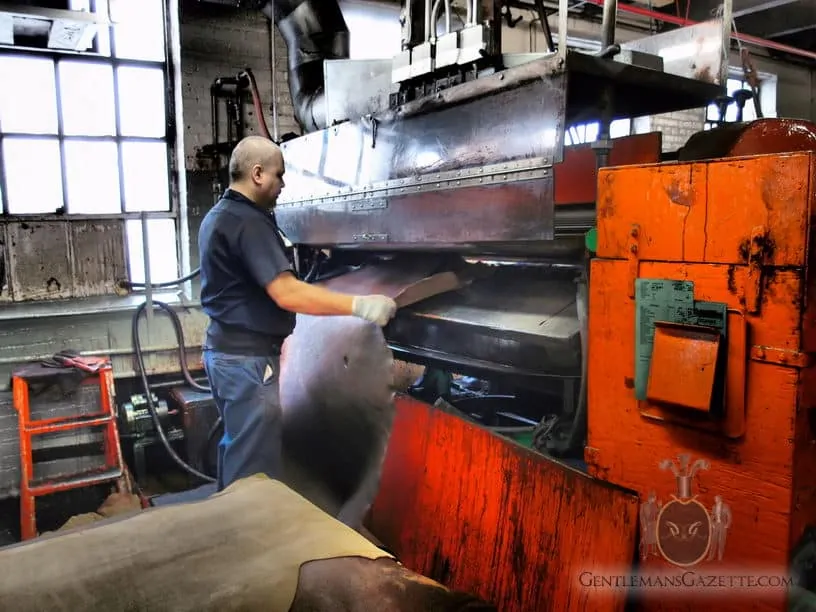
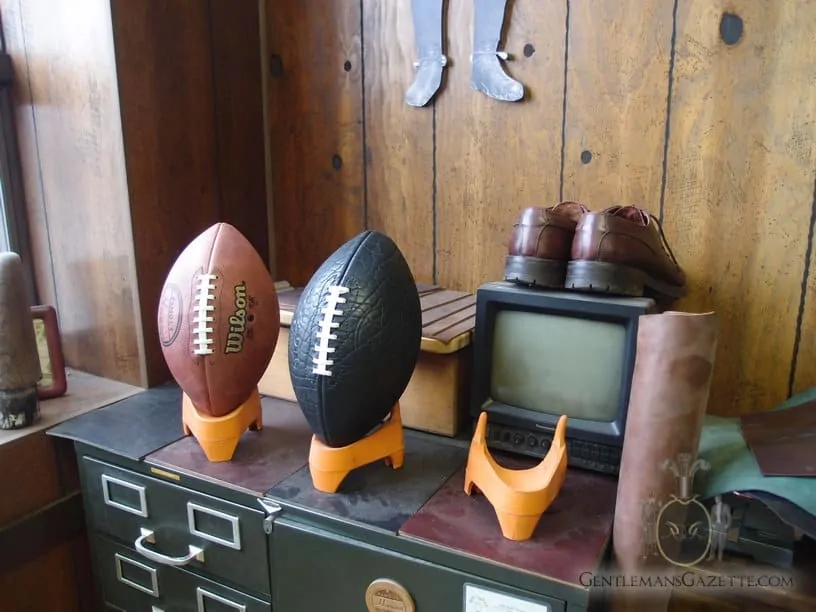
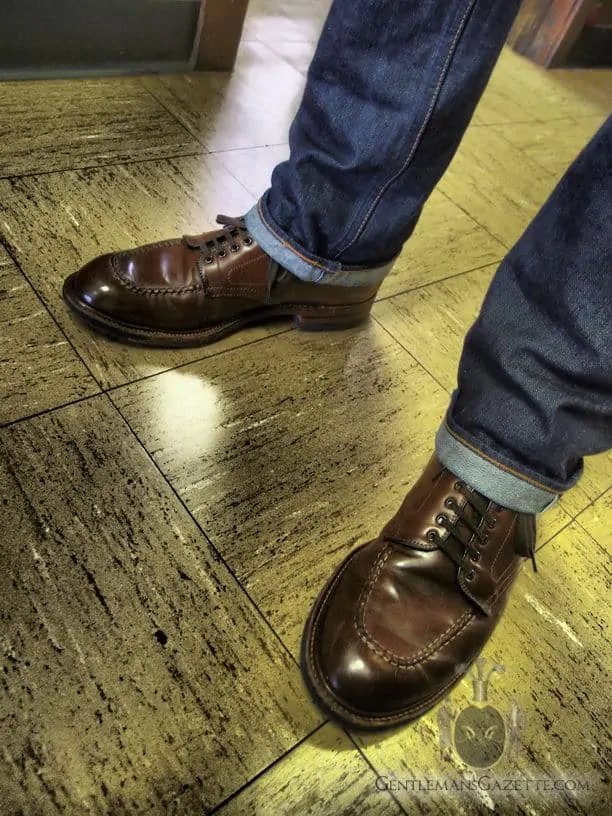
Great background info.
Thank you AFJ.
I own 3 Horween leather products:
————————————–
Alden color 8 shell cordovan tassel loafers
Alden black shell cordovan chukka boots
Alden Ravello shell cordovan wing tips
The leather on all three pairs of shoes is superb. Even the black colored chukkas look quite nice, even though black is a plain (perhaps even homely) color in my opinion. However, I always get compliments on my color 8 and Ravello-colored shoes. The beauty of these leathers is really amazing. In the future I would like to add shoes in whisky and cigar colors as well.